From the creators of The Daily Reckoning, I.O.U.S.A, Empire of Debt and The Daily Missive
















From the creators of The Daily Reckoning, I.O.U.S.A, Empire of Debt and The Daily Missive
















December 26, 2025 • Addison Wiggin
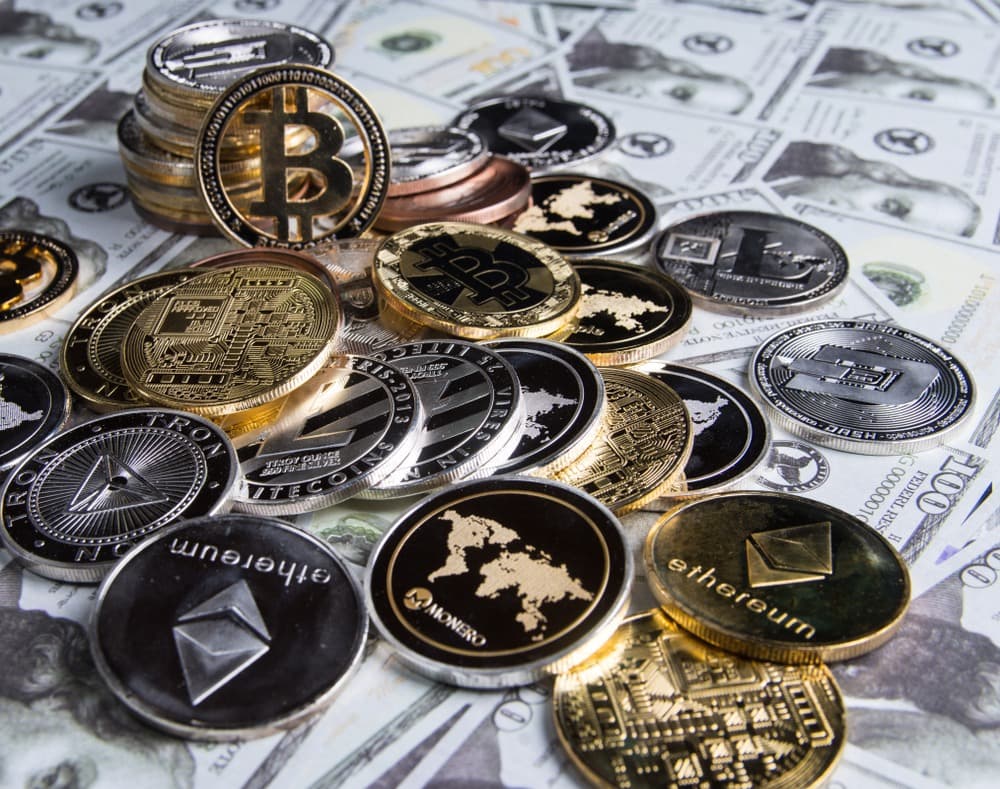
December 18, 2025 • Addison Wiggin
Six months ago — before the GENIUS Act was signed and before Washington put a nameplate on what had already begun — we were describing a slow rewiring of money.
For better or worse, we called it Dollar 2.0: the quiet migration of finance from paper promises and batch settlement to tokens, smart contracts, and ledgers that never sleep.
The name Dollar 2.0 is derived from the way Treasury Secretary Scott Bessent has been touting the stablecoin environment’s promise to create a larger global market for U.S. dollars and Treasurys.

December 17, 2025 • Addison Wiggin

December 16, 2025 • Addison Wiggin

December 19, 2025 • Addison Wiggin
According to the American Association of Individual Investors, the average retail investor has about a 70% allocation to stocks. That’s well over the traditional 60/40 split between stocks and bonds. Even a 60/40 allocation ignores real estate, gold, collectibles, and private assets.
A pullback in the 10% range – which is likely in any given year – will prompt investors to scream as if it’s the end of the world.
Our “panic now, avoid the rush” strategy is simple.
Take tech profits off the table, raise some cash, and focus on industry-leading companies that pay dividends. Roll those dividends up and use compounding to your overall portfolio’s advantage.
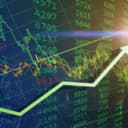
December 17, 2025 • Addison Wiggin
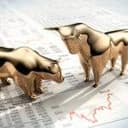
December 16, 2025 • Addison Wiggin
December 18, 2025 • Addison Wiggin
In a healthy economy, production and consumption communicate constantly. If a company builds something useful, customers respond by buying it. If they overbuild, inventories pile up and prices fall, sending a signal to slow down.
AI infrastructure, by contrast, is being built largely on faith. Companies are scaling up compute power without clear signs of sustainable demand. Unlike oil and gas, where prices adjust second-by-second, AI companies operate in a fog. They release tools, collect usage stats, and hope that paid conversions will follow.
But hope is not a business model.
December 17, 2025 • Addison Wiggin
The dollar-centric system and its bubbles may have given the U.S. economy a form of Dutch disease. This system has many rarely debated costs that go along with its benefits.
Deficit spending and stimulus inflated prices for stocks, real estate, and consumer goods. Trillions in savings remain in accounts from stimulus bills.
Without this spending, prices would be lower, a point lost on the Biden administration’s hyper-Keynesian economists, who never met a spending bill they did not cheer.
December 16, 2025 • Addison Wiggin
What would a return to gold look like? Jim presents multiple scenarios, including a partial gold backing of new international reserve currencies. He notes that prior attempts to stabilize the global economy – such as the Genoa Conference in 1922 and the postwar Bretton Woods system – centered on gold’s role in anchoring currency values.
As history has shown, when trust in paper currencies erodes, gold emerges as the ultimate safe haven. The world looks to be on the cusp of another monetary realignment, and this time, gold will play a critical role.
December 15, 2025 • Addison Wiggin
A generation ago, a single income could support a family, buy a house and pay for a vehicle or two in the driveway.
Today, even two high earners are struggling to purchase a new home.
According to a recent report from Bankrate, a household earning $80,000 a year is now priced out of 75% of all new homes on the market. A family now needs to earn at least $113,000, and in some major metros, it’s closer to $200,000.
Meanwhile, the homeownership rate has slipped to a six-year low, with further declines expected next year. Families are being squeezed from every angle.
The point I want to make here is that the so-called affordability crisis isn’t just about the cost of homes or other assets. It’s about the cost of money.
December 15, 2025 • Addison Wiggin
In just the first two months of Fiscal Year 2026, the deficit already totals $458 billion — the second-largest start on record.
More troubling still, the net interest expense hit $179 billion, outrunning Medicare, defense, and healthcare. At this pace, interest will again be the fastest-growing line item in the federal budget.
December 15, 2025 • Addison Wiggin
At the absolute peak of the dot-com boom — routers stacked to the ceiling and PowerPoint masquerading as profits — Cisco’s market capitalization topped out at roughly 4.4% of U.S. GDP.
Nvidia today? Roughly 16% of U.S. GDP.
That’s not a rounding error.
Measured against the size of the economy, Nvidia is in a category Cisco never visited. Which means that any serious disappointment in the AI build-out would scale 2000–01 – geometrically.
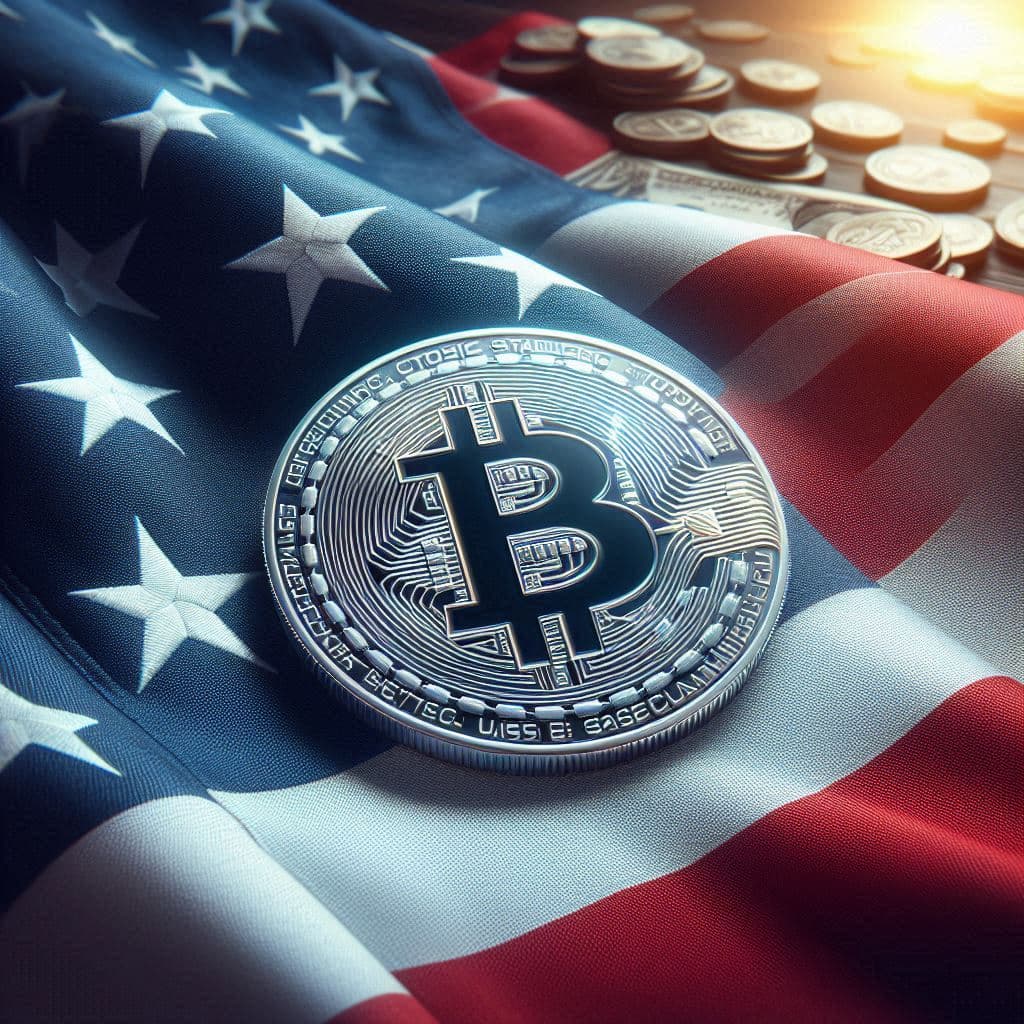
December 12, 2025 • Addison Wiggin
America has consistently reinvented itself in times of crisis. The founders survived monarchy. Lincoln survived disunion. We’ve survived bank panics, oil shocks, stagflation, and disco. We’ll survive deplatforming, too.
The Second American Revolution won’t be fought with muskets or manifestos. It won’t be fought with petty violence and street demonstrations. It will be written into code. And available to those who wish to take advantage of it.
Russell Kirk called the first American Revolution “a revolution not made, but prevented.” The second will be the same. We’re not tearing down the house — we’re going to rewire it in code.
The result may not be utopia. But it will be freedom you can bank on.

December 11, 2025 • Addison Wiggin
Treasury Secretary Scott Bessent has called stablecoins, including USDC, “a pillar of dollar strength,” estimating a $2 trillion market within five years. U.S. Treasuries back every coin.
Bessent’s formula even suggests that a broader, more efficient market for US dollars will help retain its best use case as the reserve currency of global finance… and, perhaps, help the current administration address the nation’s $37 trillion mountain of debt.
In trying to cancel a man, the establishment accidentally reinforced the dollar, and may add decades to its life as a useful currency.

December 10, 2025 • Addison Wiggin
As we approach the 250th anniversary of the United States, it’s worth recalling that our first Revolution wasn’t waged to destroy an order — it was fought to preserve one.
Political philosopher Russell Kirk called it “a revolution not made but prevented.” The colonists sought not chaos but continuity — the defense of their “chartered rights as Englishmen,” not the birth of an entirely new world. Kirk wrote:
“The American Revolution was a preventive movement, intended to preserve an old constitutional structure. The French Revolution meant the destruction of the fabric of society.”
The difference, Kirk argued, was moral. The American Revolution was rooted in ordered liberty; the French in ideological frenzy. The first produced a Constitution; the second, a guillotine.
Two and a half centuries later, the argument continues — only now, the battlefield is financial. Who controls access to money? Who defines legitimacy? Can a citizen’s ability to transact depend on their politics?
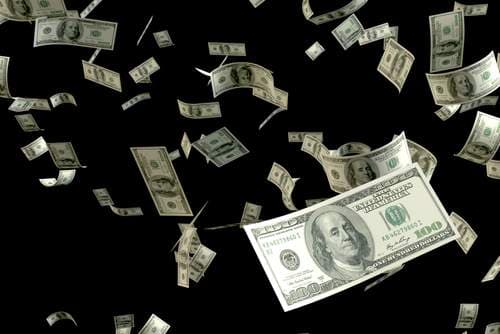
December 9, 2025 • Lau Vegys
Trump and Powell are no buddies. They’ve been fighting over rate cuts all year—Trump demanding more, Powell holding back. Even after cutting twice, Trump called him “grossly incompetent” and said he’d “love to fire” him. The tension has been building for months.
And Trump now seems ready to install someone who shares his appetite for lower rates and easier money.
Trump has been dropping hints for weeks—saying on November 18, “I think I already know my choice,” and then doubling down last Sunday aboard Air Force One with, “I know who I am going to pick… we’ll be announcing it.”
He was referring to one Kevin Hassett, who—according to a recent Bloomberg report—has emerged as the overwhelming favorite to become the next Fed chair.